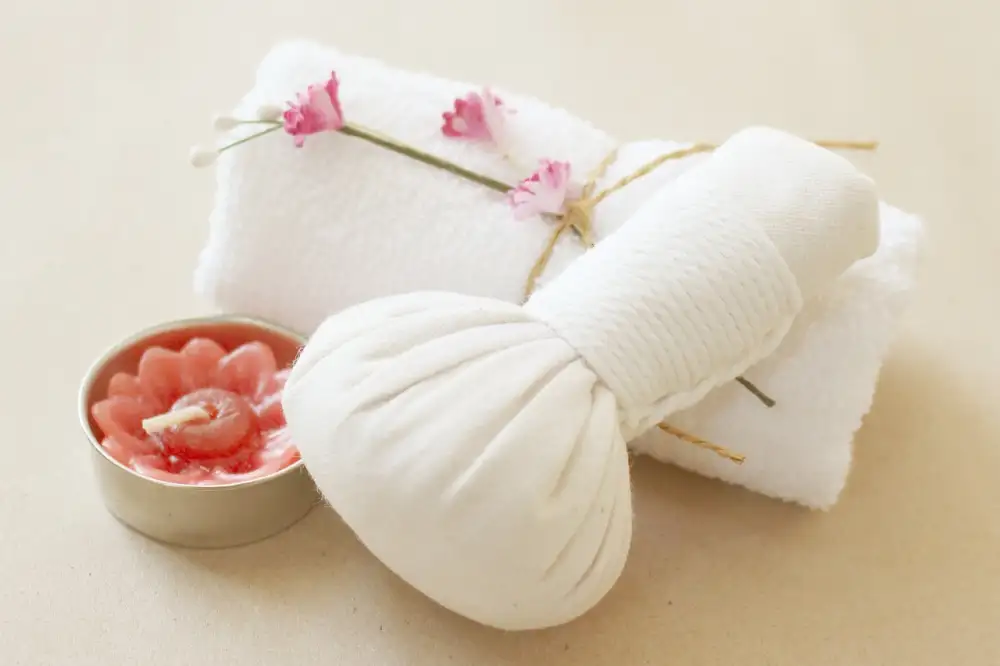Unveiling the Truth: Can Compression Socks Alleviate Leg Cramps?

Leg cramps are sudden, involuntary muscle contractions that commonly occur in the calf muscles. They can be caused by various factors such as dehydration, muscle fatigue, electrolyte imbalances, or poor circulation. These cramps often strike during periods of rest or sleep and can be quite painful, leading to discomfort and disruption of daily activities. Understanding the causes of leg cramps is essential in exploring potential solutions like compression socks to alleviate this common issue.
Explanation of Compression Socks:
Compression socks are specialized garments that are designed to improve blood circulation in the legs. They work by applying gentle pressure to the legs, which helps to reduce swelling and increase blood flow back to the heart. These socks are typically tighter around the ankle and gradually less tight towards the top of the sock, creating a compression gradient that aids in pushing blood upwards. Compression socks come in various levels of pressure, measured in millimeters of mercury (mmHg), with higher mmHg indicating stronger compression.
Potential Benefits of Compression Socks:
Compression socks offer several potential benefits for individuals experiencing leg cramps. By applying gentle pressure to the legs, these socks can help improve circulation by aiding in the return of blood flow to the heart. This increased circulation may reduce the likelihood of muscle fatigue and cramping during physical activity or while at rest. Additionally, compression socks provide muscle support, which can help stabilize the muscles and reduce vibration that may trigger cramps. Overall, wearing compression socks may contribute to better leg health and potentially alleviate discomfort associated with leg cramps.
Research on Compression Socks for Leg Cramps:
Research on Compression Socks for Leg Cramps has shown promising results. A study published in the Journal of Athletic Training found that participants who wore compression socks during exercise experienced a significant decrease in the frequency and intensity of leg cramps compared to those who did not wear them. Another study in the Journal of Sports Science & Medicine reported that compression socks can improve muscle oxygenation and reduce muscle fatigue, which may help prevent leg cramps during physical activity. These findings suggest that compression socks could be an effective tool for managing and alleviating leg cramps.
Expert Opinions:
Healthcare professionals and specialists have varying opinions on the use of compression socks for alleviating leg cramps. Some experts believe that compression socks can help improve circulation, reduce muscle fatigue, and provide support to the calf muscles, which may ultimately decrease the frequency and intensity of leg cramps. However, others suggest that while compression socks may offer some benefits, they should be used in conjunction with other treatments such as stretching exercises and hydration. It is recommended to consult with a healthcare provider before using compression socks for managing leg cramps to ensure they are appropriate for individual needs.
Tips for Using Compression Socks:
When using compression socks to alleviate leg cramps, it's essential to ensure the right fit. Consult a sizing chart provided by the manufacturer to select the appropriate size based on your measurements. It's recommended to put on compression socks in the morning when swelling is minimal and remove them before bed. Make sure the socks are smooth and free of wrinkles to prevent discomfort or restriction of blood flow. Regularly wash your compression socks according to the manufacturer's instructions to maintain their effectiveness and longevity.
In conclusion, compression socks have shown promise in alleviating leg cramps by improving circulation and providing muscle support. While further research is needed to fully understand their effectiveness, current studies suggest that compression socks can be a valuable tool in managing leg cramps. Healthcare professionals recommend using compression socks as part of a comprehensive approach to preventing and relieving leg cramps, including staying hydrated, stretching regularly, and maintaining a balanced diet. By incorporating compression socks into your routine and following expert guidelines on selection and usage, you may experience relief from the discomfort of leg cramps and improve your overall leg health.
Published: 25. 03. 2024
Category: Health



